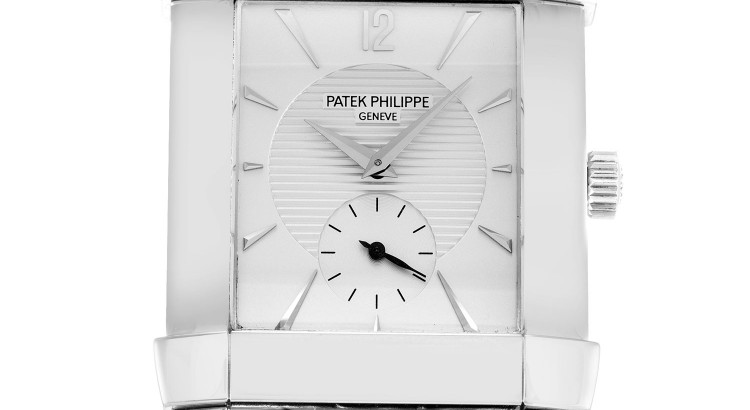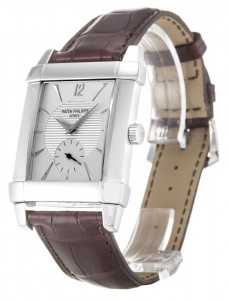 Hublot launched several golden new Meca-10s this year and we were surprised to see the difference with the original. Before we go into depth on those, we thought we’d take a second look at the OG version, a watch which is one of the best evolutions of the replica Hublot’s Big Bang in some years, at least in my humble opinion.
Hublot launched several golden new Meca-10s this year and we were surprised to see the difference with the original. Before we go into depth on those, we thought we’d take a second look at the OG version, a watch which is one of the best evolutions of the replica Hublot’s Big Bang in some years, at least in my humble opinion.
Hublot replica regarded their Meccano-inspired Big Bang Meca-10 as a ‘transitional object’. It’s an interesting choice of phrase. You could take it literally and assume that Hublot are referring to the watch as a way for people who obsessed about Meccano and technical constructions when they were younger to move into some more grown up gadgets.
What dial? But seriously folks, it looks like Hublot failed to include the dial when they cased up these watches. And honestly, we’re so happy they did. Because the view of the pinions, gears, wheels and springs draws you in with seemingly endless, enthralling detail. And Hublot is absolutely right; if you were the kind of kid that loved making complex Meccano or Lego creations then you’ll find a lot to love here. Heck, even though you’re a fan of the fake Hublot’s industrial style, this playground of intricate parts has plenty to keep you entertained.
So that’s the form covered off, but what about the function? Well, time telling is surprisingly legible owing to the great wide handset. As for the other functions, there are running small seconds at nine, and not one but two power reserve indicators. The obvious one at six, which shows you how many days you’ve got left through the red aperture, and the more subtle read out at three, which shows red when you’re in the danger zone of the last two days of power. As a matter of fact, there’s actually a third indicator, the rack and pinion at the top of the dial can be used as an impromptu measure if the other two aren’t your style.
In terms of case material the Meca-10 comes in two options, matt microblasted titanium, or a polished (and microblasted) black ceramic (the Meca-10 All Black), both limited to 500 pieces. It’s not small at 45mm across, but this isn’t a watch that you would like to fly under the radar.
The Meca-10 runs off a brand new movement, a visually impressive manually wound number which packs a solid 10 days of power into two barrels. Of course the movement is on show from the front, and it’s there to see from behind too, with three parallel bridges, detailed to look like Meccano, but presenting a cleaner, horizontally stacked structure. Hublot has also done a solid job giving what’s essentially a fairly simple movement with power reserve indicators great depth visual interest. We are so excited to see what form the HUB1201 shows up in next.
As far as I am concerned, the fake Hublot has been firing on all cylinders this past year or so, compared with many of their peers and competitors who have been playing it safe. Hublot’s integration of materials in their Berluti and embroidery watches is genuine innovation, and their Texalium collab with Lapo Elkann is the sort of pure fun we expect from the brand. They’re pushing boundaries with watches such as their LaFerrari concept pieces and all sapphire Big Bangs, and listening to what the people want with attractive numbers like their smaller Spirit of Big Bang Moonphase and extended Classic Fusion lines. Somewhere in the middle of this profusion of color and creativity sits the Meca-10, playful, innovative and on-brand.


